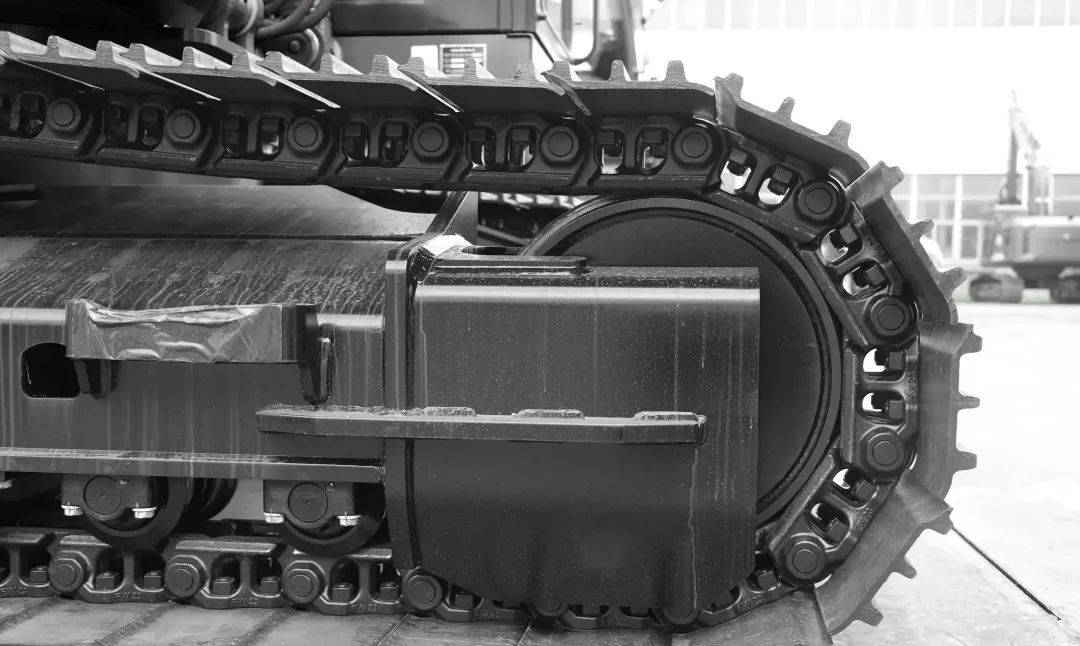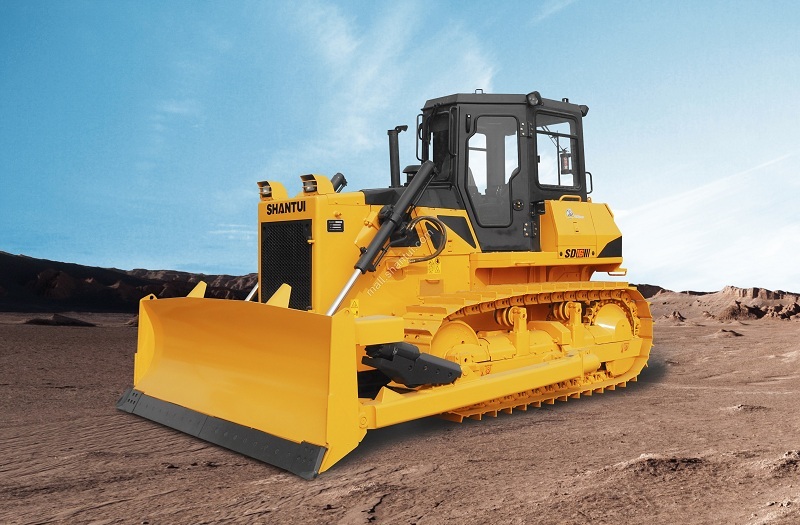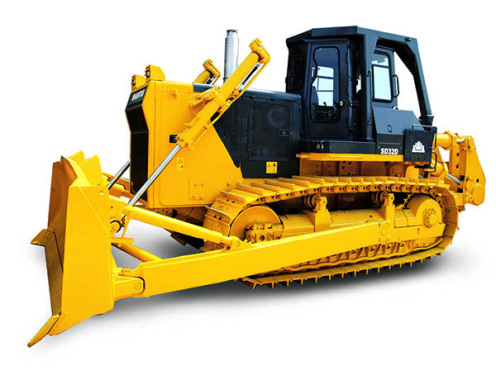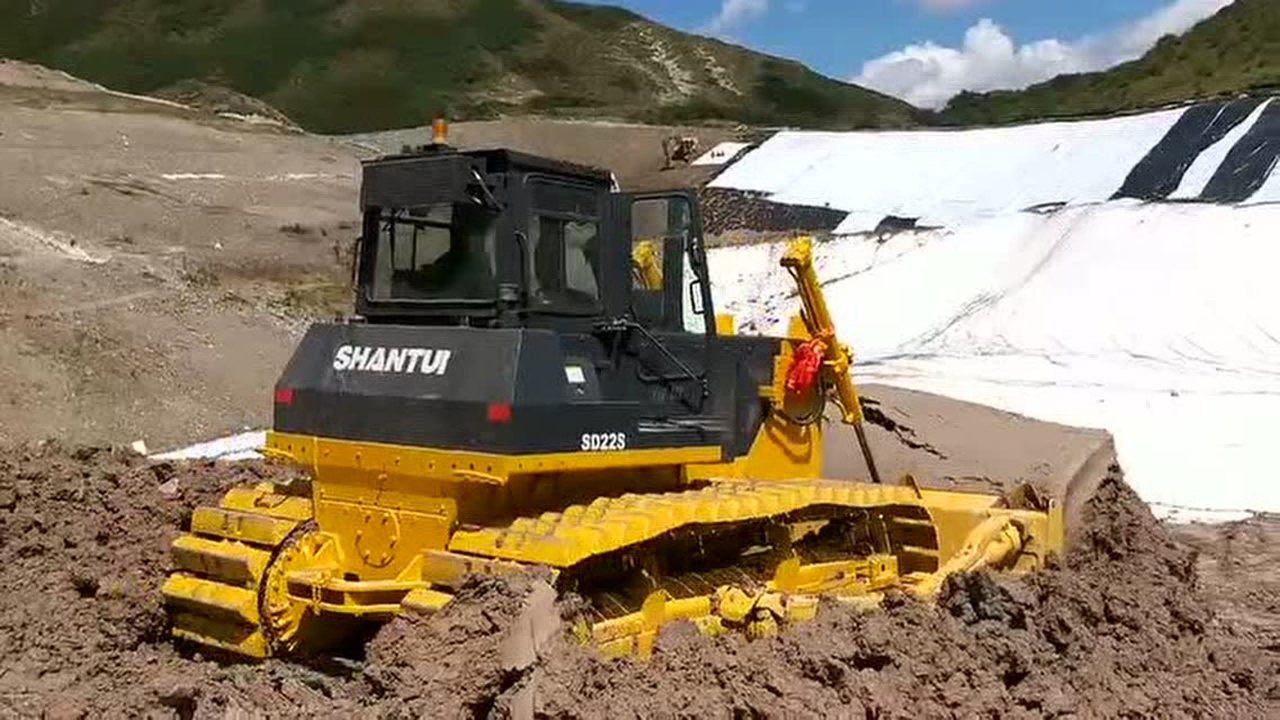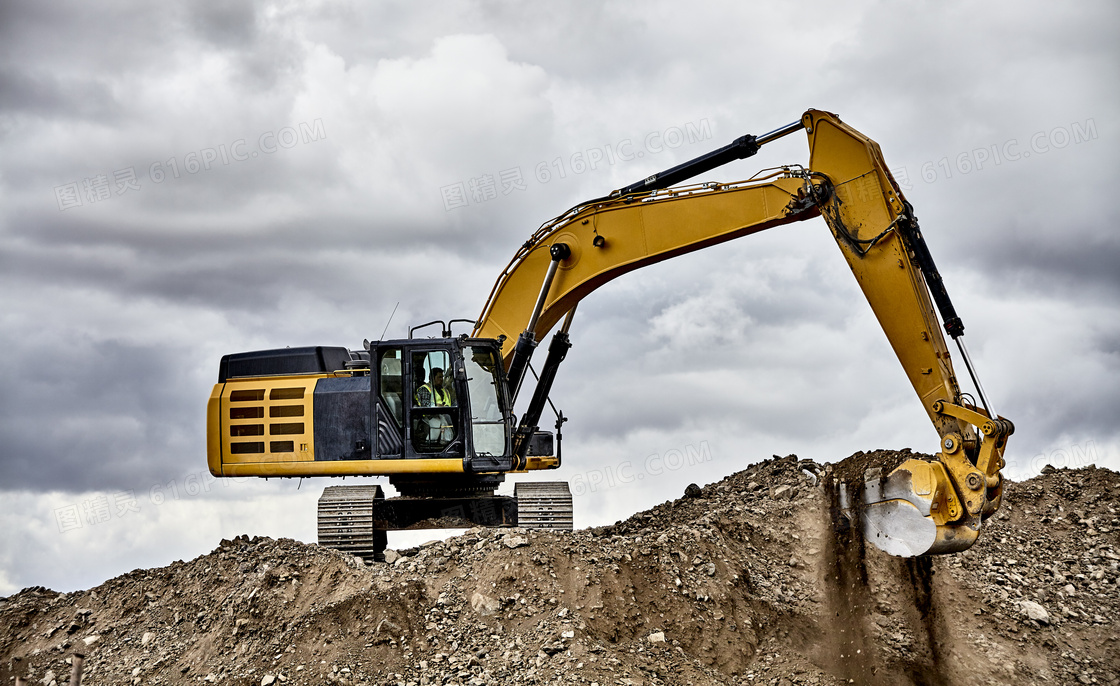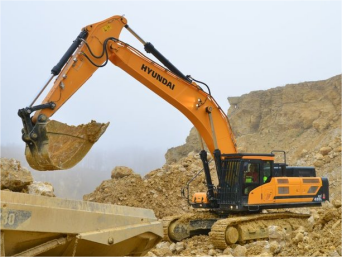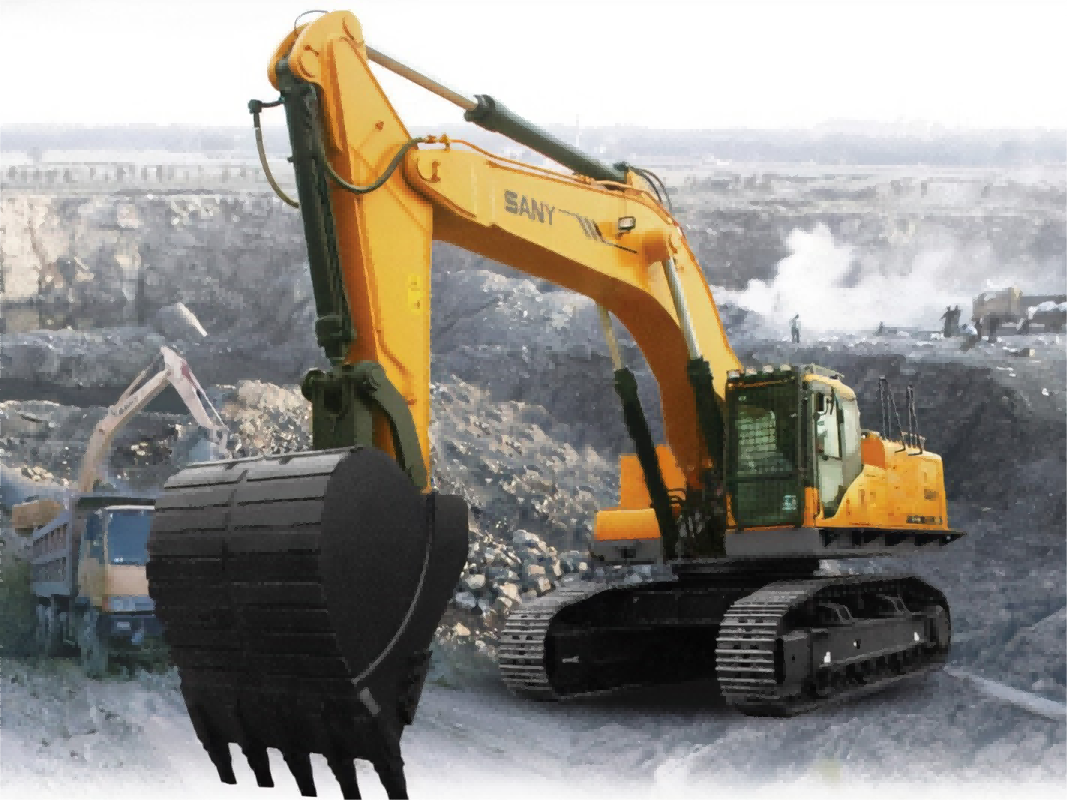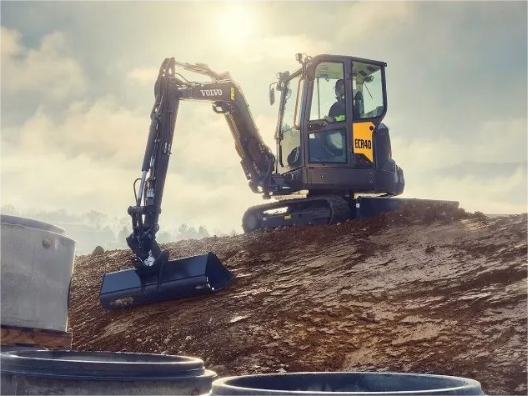7 operating tips for bulldozers
Bulldozers are commonly used earthmoving equipment and play an important role in construction sites, mining, agriculture, forestry and water conservation. Although bulldozers are simple to operate, they have to cope with difficult working conditions. As a consequence, the operator needs to master a wide range of skills to better manage the bulldozer and ensure efficient operation.
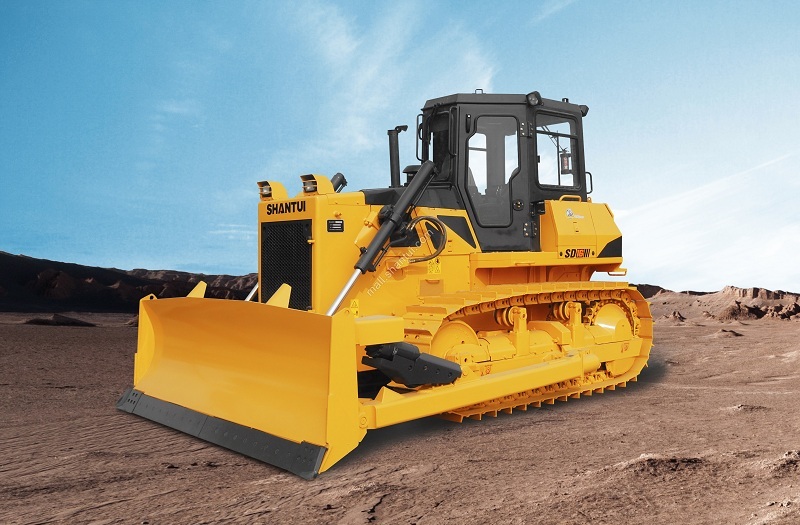
Tip 1: Full load
When working with a bulldozer, try to maintain a full load, as it is more efficient than a partial load and fast speed. Although a full load reduces driving speed, it also reduces the number of round trips, cuts the vehicle's empty mileage, saves time and lowers fuel consumption.
Tip 2: Sectioning work during long-distance bulldozing operations. Starting from the front, each section should be filled with as much material as the blade can hold. After pushing the material to the end of the current section, the bulldozer should then move back to the start of the next section. This method minimizes the distance the bulldozer travels when full and when returning empty, thereby improving efficiency and reducing fuel consumption.
Tip 3: Minimize material rollover
It’s a common misconception that the rolling of material in front of a bulldozer’s blade is a pleasing sight and a testament to the bulldozer’s robust power. However, continuous material rollover can cause increased wear and tear on the blade, blade edge, and blade angle due to the constant friction between the material and these parts. As a result, the bulldozer may need to use more power, leading to increased fuel consumption. The optimal strategy involves progressively increasing the load after the blade cuts in, which boosts efficiency, and slightly elevating the blade when the load is at capacity and the material is on the verge of rolling over.
Tip 4: Bulldozer operation in mountainous terrain
When operating a bulldozer in mountainous areas, it’s crucial to adhere to the ‘high outside, low inside’ rule. This means that the side of the bulldozer closest to the cliff should be elevated, while the side nearest to the mountain should be lower. This positioning helps prevent the bulldozer from tipping over. When pushing soil and rocks towards the cliff, it’s important to maintain a slow speed and be ready to decelerate at any moment to avoid pushing the bulldozer beyond the cliff’s edge.
Tip 5: Bulldozer operation in muddy conditions
When using a bulldozer in muddy, soft conditions, it's easy to get stuck. To avoid this, only push small amounts of soil at a time. Avoid stopping, changing gear, steering or braking suddenly. If necessary, use second gear to push the soil. If the tracks become slippery, raise the shovel blade to reduce the bulldozer's force. If you're still stuck, reverse may help. Do not lift the shovel in reverse, as this could cause the bulldozer to tilt forward, pushing it further into the ground. Also avoid turning the bulldozer as this could make the situation worse. Once the bulldozer is blocked, do not increase engine power frequently, as this could cause it to sink further.
Tip 6: Effective techniques for removing stones
When you need to remove a stone buried in the ground, start by applying a small amount of force and gradually increase it until the object is dislodged. If you are dealing with stones on the ground, push them with the blade of the shovel close to the ground, making sure that the tracks also touch the ground for better traction. When clearing stones from a tunnel or underground hole, first create a path from the edge, then methodically push the stones from the edge towards the centre.
Tip 7: Where to cross a river
If the bulldozer has to cross a river, it is advisable to choose a place with a fast current. Avoid areas with a slow current, as they contain a lot of silt, which can trap the vehicle. The depth of the river must not exceed the mouth of the bulldozer housing gauge. Use first or second gear to cross quickly without stopping or backing up.
When using the bulldozer, always operate in first gear. Avoid one-sided loads to maintain a stable force. When the bulldozer is empty, minimise the distance travelled to reduce wear and improve efficiency.
Remember, safety should always be your top priority when operating heavy machinery like a bulldozer.


